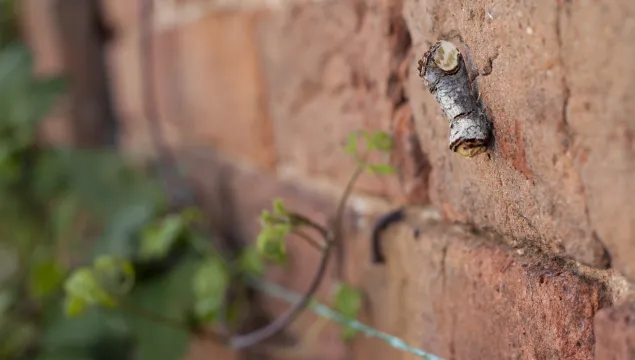
Buff-tip moth
It is so easy to miss this clever little moth. It is a master of disguise, blending in perfectly as it looks just like the twig of a birch tree! Flying only at night, the buff-tip moth can be seen from May to July.

It is so easy to miss this clever little moth. It is a master of disguise, blending in perfectly as it looks just like the twig of a birch tree! Flying only at night, the buff-tip moth can be seen from May to July.
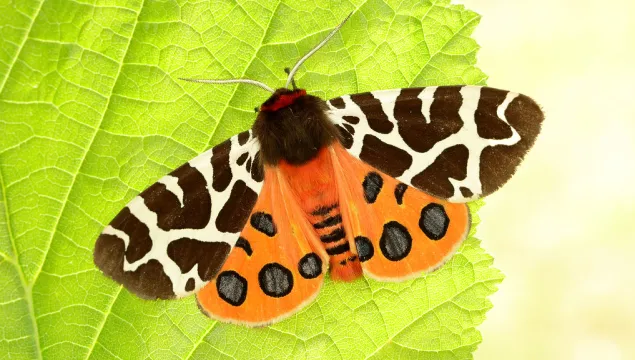
The garden tiger is an attractive, brown-and-white moth of sand dunes, woodland edges, meadows and hedgerows; it will also visit gardens. In decline, it is suffering from the 'tidying up' of our countryside.
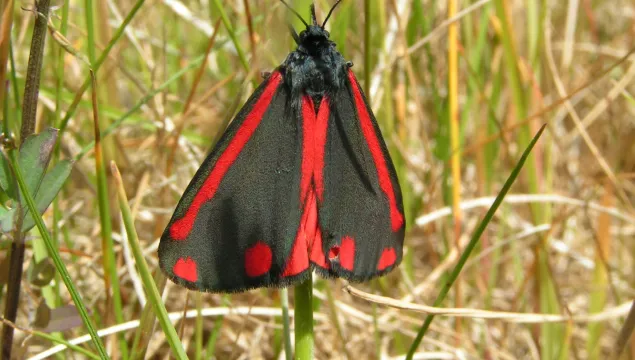
These pretty black and red moths are often confused for butterflies! Their black and yellow caterpillars are a common sight on ragwort plants. The caterpillar’s bright colours warn predators not to eat them, giving a strong signal that they are poisonous!
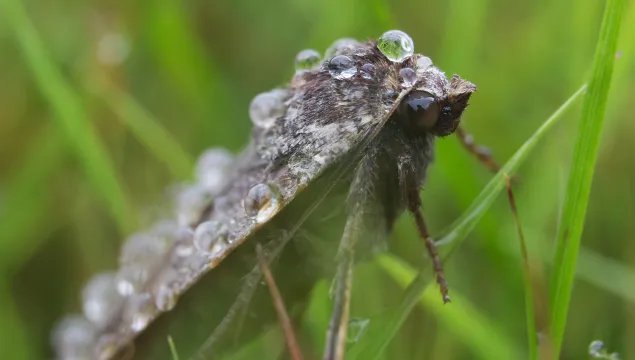
Found almost everywhere, the large yellow underwing is a night-flying moth that is often attracted to lights. It is brown with orangey-yellow hindwings.
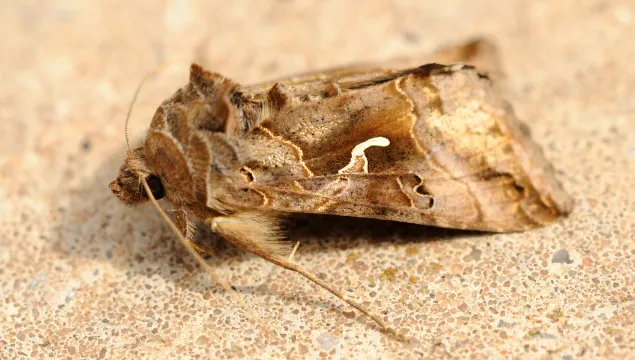
The Silver Y migrates to the UK in massive numbers each year - sometimes, an estimated 220 million can reach our shores in spring! Seen throughout the year, it is very common in gardens and grasslands.
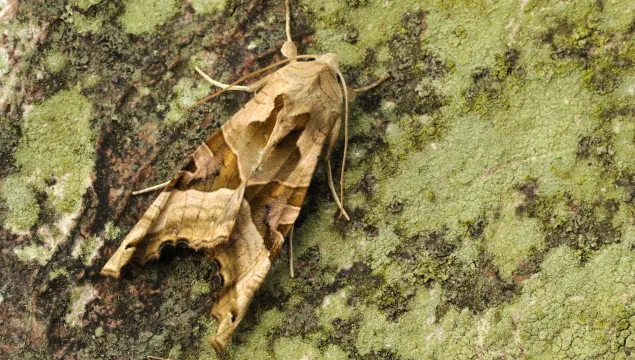
The angle shades can be well-hidden among the leaf litter - its pinky-brown markings and scalloped wings giving it the perfect camouflage. It is on the wing in gardens, woods and hedgerows from May.
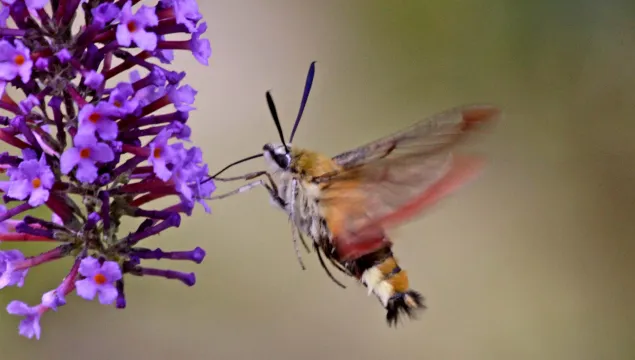
The broad-bordered bee hawk-moth does, indeed, look like a bee! A scarce moth, mainly of Central and Southern England, it feeds on the wing and can be seen during spring and summer.
The marsh hair moss is the largest moss in the UK. Look out for it in damp woodland and on boggy heathlands where it forms large, green and spikey 'cushions'.
Fir clubmoss is a primitive plant found in rocky, moorland and mountain habitats. The stems of this tufted, upright fern look like tiny conifers.
Ordinary moss is very common in gardens and woodlands. moss provides shelter for many minibeasts, so encourage it to grow in your garden by providing logs, stone piles and untidy areas.
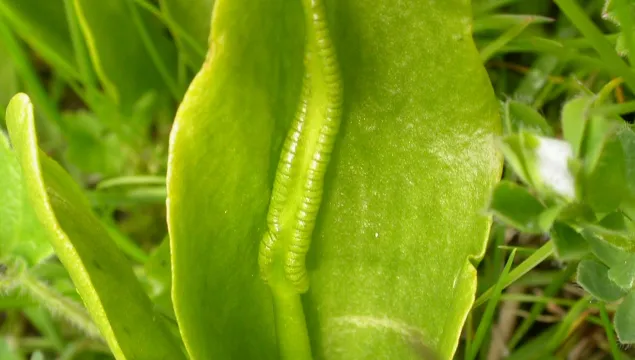
The adder's-tongue fern is so-named because the tall stalk that bears its spores is thought to resemble a snake's tongue. An indicator of ancient meadows, it can be found mainly in southern England.
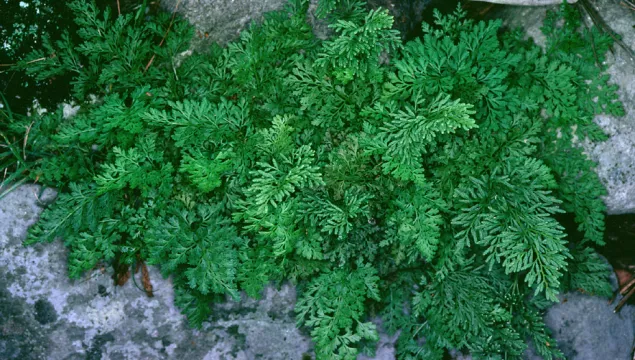
Parsley fern lives up to its name - the pale green fronds form in clusters among rocks and look just like parsley. Look out for it in upland areas, particularly in Wales and Cumbria.